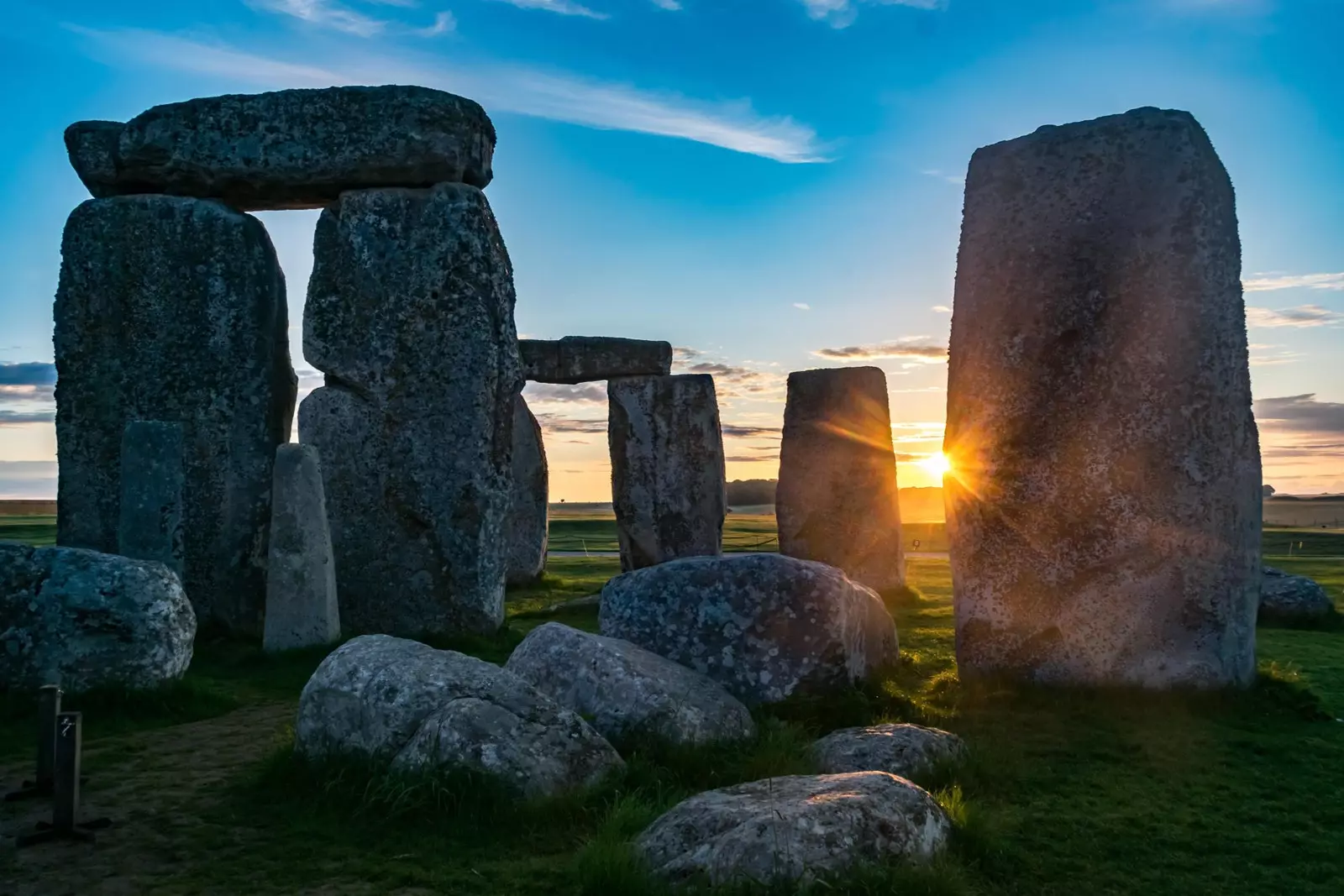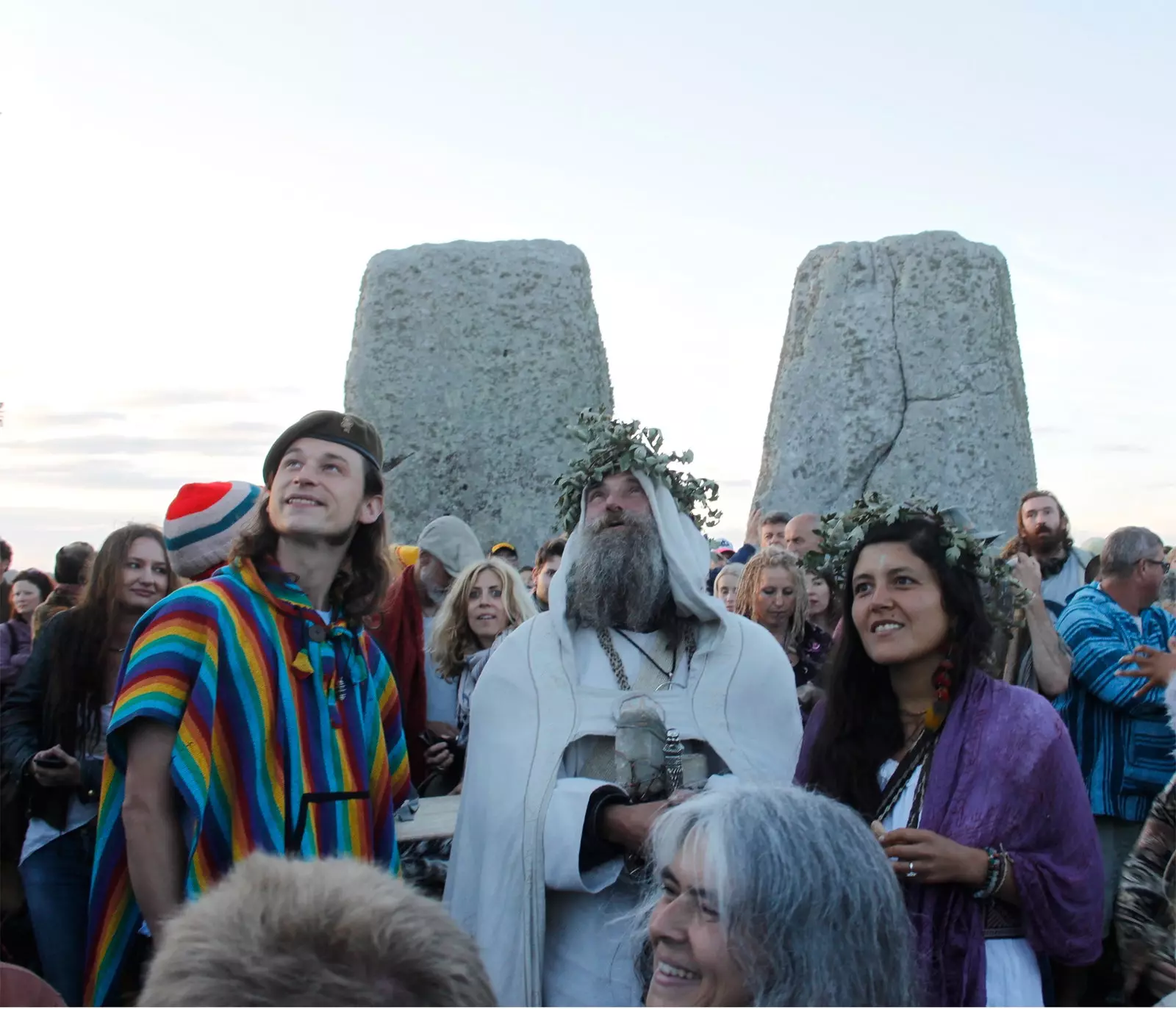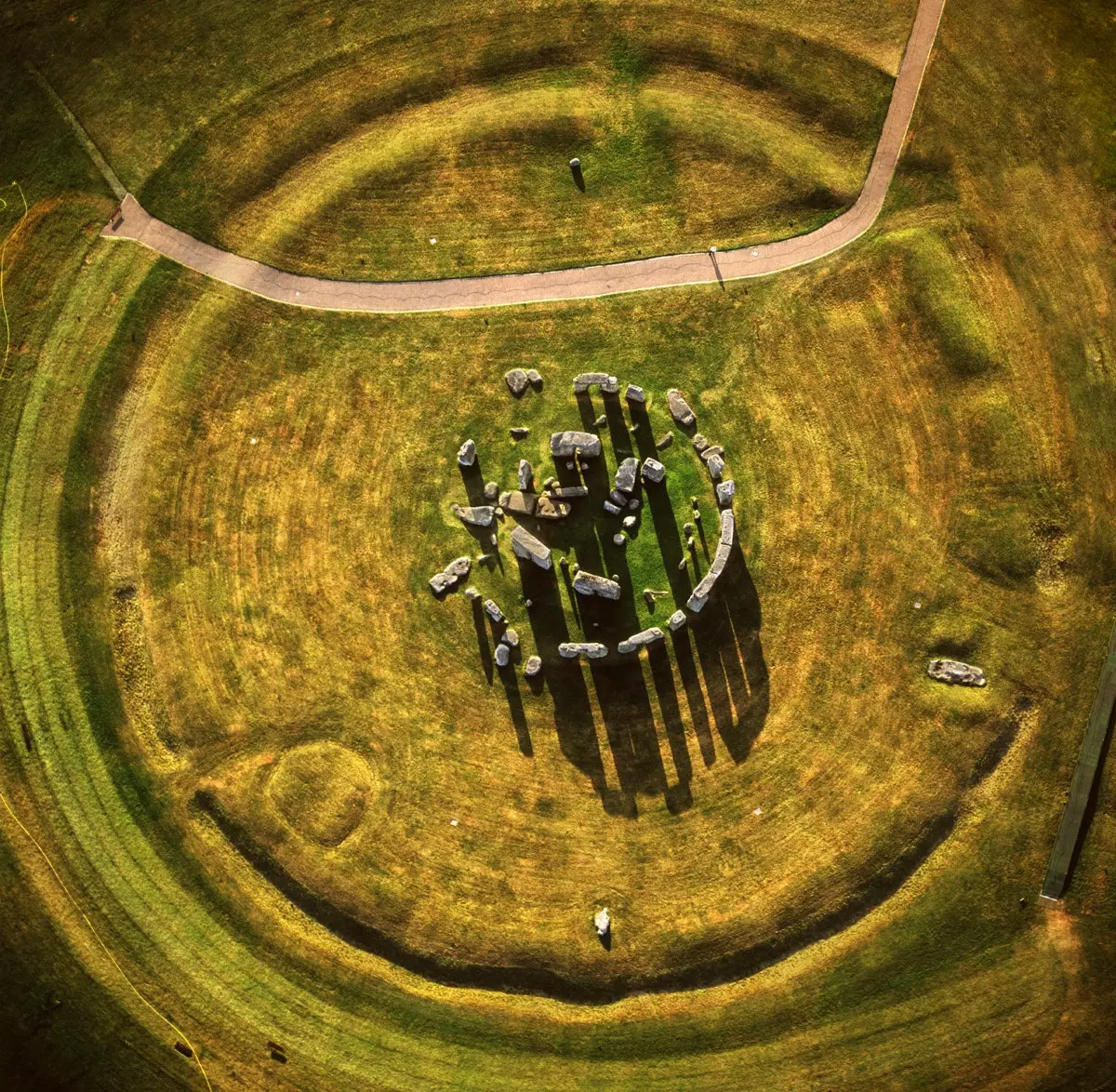
The sun framed between the sarsen stones of Stonehenge, England.
It has not been. For the second consecutive year the Summer Solstice Celebrations at Stonehenge planned by English Heritage have once again been canceled due to restrictions arising from the global pandemic.
At 9:41 p.m. tonight, when the sun sets among the carefully aligned sarsen stones in Wiltshire around 2500 BC. C., you must be connected (for free) to social networks of this charity that manages the most important monuments, buildings and historic sites in England, if you want participate (albeit virtually) in this event that in previous years came to congregate up to 30,000 people around the archaeological site.
It will also not be possible to see from the large central stone circle how the sun rises –just to the left of the Heel Stone– at 05:07 tomorrow, June 21. So it is recommended that you go to the English Heritage Facebook page and sign up for the event live broadcast of the most desired sunrise of the year to receive an alert and do not miss it. Participating in this important alignment is almost imperative in a year in which the (symbolic) change of seasons can also mean a (real) change of situations (sanitary).

English Heritage has ensured that the pagan and druid community could meet in the days around the solstice which is one of the important moments in their calendar.
CURIOSITIES ABOUT STONEHENGE
· The layout of Stonehenge is related to the solstices, or the extreme limits of the movement of the sun; also the stones that form a rectangle on the edge of the surrounding circular moat, those that define its width being aligned with the sarsen stones in the center.
They were farmers, shepherds and shepherds who built Stonehenge, which reveals the importance of the change of seasons in their functions, even though there is no evidence of the ceremonies that could have been celebrated at the site.
· It is much more than a Neolithic calendar, Since more than a hundred bodies have been found in it, they were cremated in the monument either to honor their dead or to worship a solar deity.

Megalithic Stonehenge, magic circle
· The winter solstice would have been more important than the summer solstice, among other reasons, because the alignments towards the setting sun during this cold season appear straight ahead as soon as you go up the Avenue (or processional path) and access Stonehenge.
· Lunar phases were also used to measure time. Moonlight would have been very useful to ancient peoples, especially in the dead of winter. In addition, the cremations are grouped in the southeastern part of the monument, in the direction of the southernmost moonrise position.
· Neighboring solar monuments. Other complexes, such as a wooden monument near Durrington Walls or the Neolithic burial mound at Maeshowe in Orkney, are also aligned with the movements of the sun.
